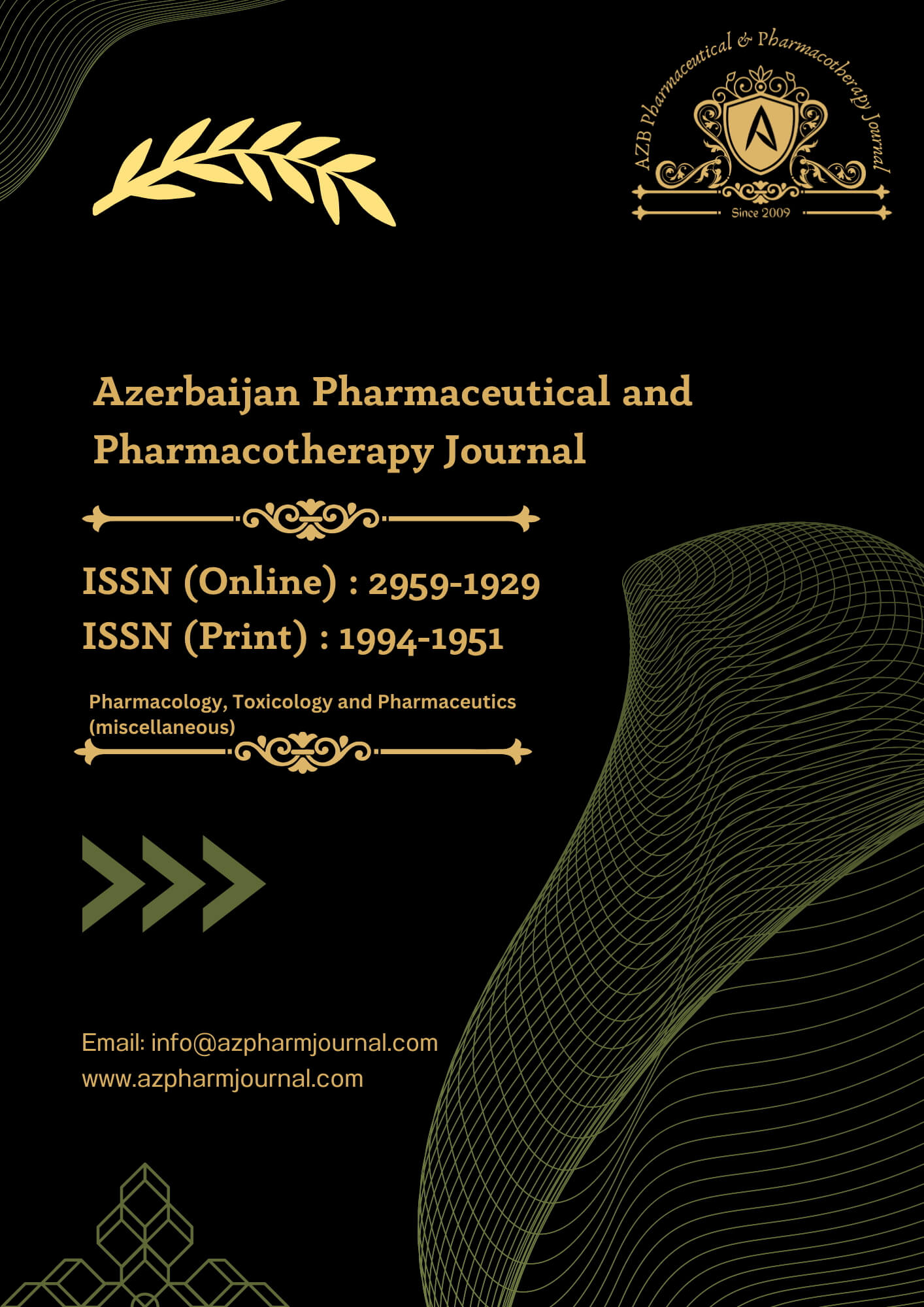Table-1: Distribution of both group according to their age (years)
|
Age (years)
|
Group A (early
enteral feeding)
|
Group B
feeding)
|
(late enteral
|
|
No.
|
Percent
|
No.
|
Percent
|
|
18 – 40 years
|
25
|
50
|
24
|
48
|
|
41 – 60 years
|
19
|
38
|
19
|
38
|
|
61 – 80 years
|
6
|
12
|
7
|
14
|
|
TOTAL
|
50
|
100.00 %
|
50
|
100.00 %
|
|
MEAN±SD
|
45.74±10.1
|
45.80± 11.65
|
|
|
P value
|
0.982
|
In group A maximum 50.00% were observed in 18-40 years whereas minimum were 12% in 61 - 80 years age group. In group B maximum 48% were observed in 18– 40 year whereas minimum were 14% in 61 – 80 years age group. Mean age in group A was 45.74±10.1 years whereas 45.80± 11.65 years in group B. (p>0.05)
Table 2: Comparison of type of surgery between both groups
|
Type of surgery
|
Group A
|
Gr
|
oup B
|
|
No.
|
Percent
|
No.
|
Percent
|
|
Emergency
|
10
|
20
|
10
|
20
|
|
Elective
|
40
|
80
|
40
|
80
|
|
TOTAL
|
50
|
100.00 %
|
50
|
100.00 %
|
In both groups Maximum 80% were elective surgery whereas 20% were emergency surgeries performed. (p>0.05)
Table-3: Distribution of both group according to their initiation of diet after surgery
|
Time taken to
initiate diet
|
Group A
|
|
Group B
|
|
|
Mean
|
SD
|
Mean
|
SD
|
|
Mean time
(hrs)
|
21.65
|
7.84
|
81.23
|
5.65
|
|
P value
|
0.0001**
|
In group A mean time to initiate diet was 21.65 ± 7.84 hrs whereas in group B was 81.23 ± 5.65 hrs, the difference was found to be statistically significant. (p<0.05)
Table-4: Comparison of time for bowel sounds and resolution of ileus between early and late groups
|
|
Group A
|
Group B
|
|
Mean
|
SD
|
Mean
|
SD
|
|
Bowel sounds
|
31.45
|
6.58
|
74.78
|
6.98
|
|
Resolution from
illeus (hrs)
|
33.56
|
8.48
|
76.89
|
7.64
|
The mean time to resolution from ileus in the patients of early group (group A) was 33.56± 8.48 hrs while mean time to resolution from ileus of late group (group B) was 76.89 ± 7.64 hrs. (p<0.05) The mean time to return of bowel sounds in the patients of early group (group A) was 31.45± 6.58 hrs while mean time to return of bowel sounds of late group (group B) was 74.78 ± 6.98 hrs. (p<0.05)
Fig1: Comparison of complication in both groups

As per complication in group A most common 14% had nausea/vomiting/ abdominal distension and least common were 2% anastomotic leak and systemic complications whereas in group B most common complication 20% was surgical site infection and least common complication 4% anastomotic leak and. (p=0.103)
Table 5: Comparison of Mean hospital stay (days) between early and late groups
|
LOHS
|
Group A
|
Group B
|
|
No.
|
Percent
|
No.
|
Percent
|
|
1 – 5 days
|
5
|
10
|
0
|
0
|
|
5 – 10 days
|
45
|
90
|
36
|
72
|
|
>10 days
|
0
|
0
|
14
|
28
|
|
TOTAL
|
50
|
100.00 %
|
50
|
100.00 %
|
|
MEAN±SD
|
5.95± 1.58
|
8.75±2.56
|
In group A maximum 90.00% had 5 to 10 days of hospital stay whereas minimum 10% had 1 to 5 days. In group B maximum 72% had hospital stay of 5 - 10 days whereas minimum 28% had >10 days of stay. Mean duration in group A was 5.95± 1.58 days whereas 8.75±2.56 day in group B. (p<0.05)
Table 6:Need of additional surgery in early and late groups
|
Additional surgery
|
Group A
|
|
Group B
|
|
No.
|
%
|
|
No.
|
|
No
|
47
|
94
|
|
45
|
|
Yes
|
3
|
6
|
|
5
|
|
P value
|
|
0.712
|
In group A 3 (6%) patient needed additional surgery compared to group B where 5 (10%) patients need additional surgery. Most of additional surgery in both groups were due to wound dehiscence due to surgical site infection (resuturing) and secondly due to anastomotic leak (needs re exploration). (p=0.712)
